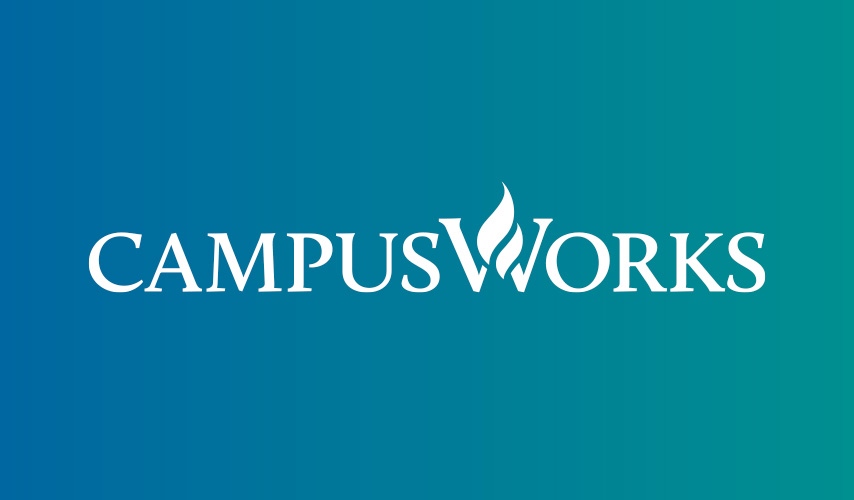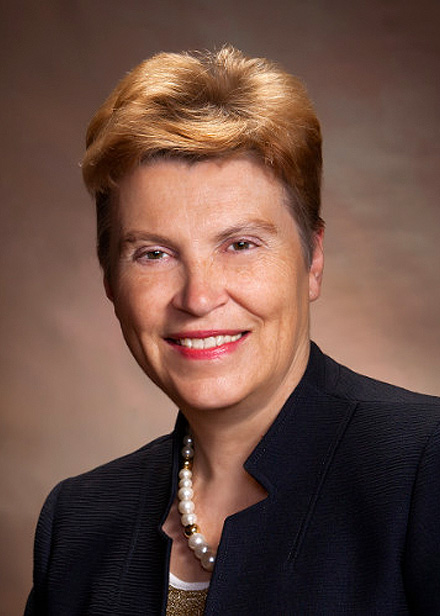
The Courage to Make Unpopular (But Essential) Decisions
By Christine Hammond, Ph.D.
Former President of Mid-Michigan College (2014-2020)
CampusWorks Executive Advisory Board Member
The late 1960s and early 70s, a period of profound economic prosperity spurred by the return of GIs post-World War II, witnessed an explosive growth in college enrollments. This era saw students flocking to campuses, craving the quintessential “college experience,” and it spurred a campus building boom across the nation. As Arthur Cohen, author of The American Community College, noted “there was a time when a new community college appeared on the landscape every single week.” Private institutions weren’t far behind, erecting buildings that, decades later, would be revered as the “ivy-covered walls” cherished by many alumni.
Courageous leadership involves making tough decisions that may not be immediately popular but are essential for the sustainable advancement of our institutions

Christine Hammond, Ph.D.
Fast forward to my tenure as president at Mid Michigan College, and I found myself grappling with a legacy of those decades—particularly, the future of our beloved but beleaguered Harrison Campus. Since its establishment in 1965, the campus had grown organically, with each new program prompting the construction of yet another extension. The sprawling hallways and maze-like arrangement of offices and classrooms were a testament to a bygone era of expansion. However, these structures were aging, inefficient, and expensive to maintain. The preliminary estimate for a much-needed renovation was a staggering $23 million—a cost that would deplete our reserves and potentially alienate students at our more favored Mt. Pleasant Campus due to the financial burden.
The decision before us was monumental and required a type of leadership that transcended administrative acumen—a courageous leadership rooted in vision, empathy, and pragmatism. After extensive consultations and strategizing sessions with our CFO and other stakeholders, we proposed a bold solution: demolish 40,000 square feet of the existing structure (about 25% of the classroom building) and renovate the remainder. This plan was not merely a financial decision; it was a transformative vision that demanded letting go of cherished spaces and routines, including the very room where our Trustees had convened for decades.
Implementing such drastic changes was akin to asking our community to swallow a “bitter pill.” Yet, the renovation that followed not only enhanced the functionality of the Harrison Campus but also preserved its historical essence, thereby continuing to serve our college community effectively. Read more about the Harrison Campus renovation »
Reflecting on this experience, my advice to other college leaders facing similar challenges centers on several pivotal strategies:
- Explore All Options: Diligently work through various scenarios, understanding that each choice leads to distinct outcomes.
- Engage in Open Dialogue: Discuss issues extensively with stakeholders before finalizing decisions. While input is crucial, ultimately, the decision rests on the leader’s shoulders.
- Communicate a Compelling Vision: People cling to familiar narratives; presenting a new, inspiring vision is essential to facilitate change.
- Secure Resources Wisely: Ensure you have access to adequate financing and skilled professionals. If feasible, set incentives to align with your strategic timelines, but remain grounded in realism.
Jerry Kramer, the former Green Bay Packers legend, once reflected that his college years were “especially sweet because of the positive, hopeful atmosphere of a college campus.” As leaders, our role is to foster this atmosphere not just through maintaining physical spaces, but by nurturing an environment where new generations can thrive amidst change. Courageous leadership, therefore, involves making tough decisions that may not be immediately popular but are essential for the sustainable advancement of our institutions.
Learn more Christine and CampusWorks’ Executive Advisory Board »

